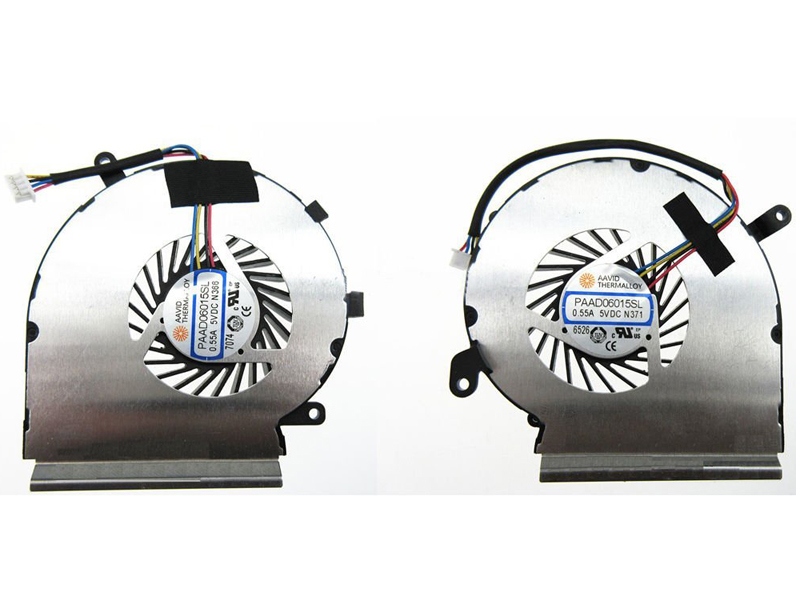

IdealCPU FAN Speeds for different Fan Sizes: This keeps your CPU cool, while being relatively quiet. In my experience from many years of testing and benchmarking, the ideal CPU Fan Speed is halfway two 2/3 of the maximum CPU FAN RPM. The Radiator, the thermal paste, the ambient air temperature, the heatspreader, heat-pipes, and more, are all responsible for cooling the CPU. This is because there are more factors at play than just the CPU Fan Speed.

A CPU won’t be cooled twice as well if you double your CPU Fan RPM. There are diminishing returns the higher your Fan RPM. Higher Speed / RPM = cooler CPU = higher CPU performance, and.The idealCPU FAN Speed is a middle ground between: However, for a clearer picture, check your CPU Cooler’s Product Page. Your typical CPU fan speed ranges from about 600 RPM to 3000 RPM. 92mm AMD Wraith Prism (Stock Cooler): ~600 – 2800 RPM.92mm Intel Laminar RM1 (Stock Cooler): ~600 – 3150 RPM.Here are typical CPU FAN RPM Ranges depending on the Fan Size of your CPU Cooler: Larger Fans are also quieter, thanks to lower RPMs. Larger Fans rotate slower than small fans, while pushing the same amount of air. Typical CPU FAN Speeds depend on the dimensions of the Fan. Of course, you can always opt for liquid cooling or an All-In-One fan, but that’s another discussion altogether.īut if CPU fan speeds are vital, that begs the question: What’s the Ideal CPU Fan Speed? While the highest CPU fan speeds offer a higher performance and health but a lot of noise, optimum speeds give you the best of both worlds: low CPU temperatures, longer-lasting components, unrestricted CPU performance and a mostly inaudible fan. If that doesn’t drive you nuts, freezing windows, lag, and frequent shutdowns and restarts probably will. In comparison, lower fan RPMs may result in thermal throttling, which will make your CPU underperform and risk overheating. You can always replace your stock PC fan with something custom that runs quieter at high RPMs, so no annoying noise. The upside of higher Fan RPMs? Your CPU will run much cooler and last longer, and you can overclock it for better performance. You’ll also have to clean them often as they’ll accumulate dust faster. If you’re running stock CPU fans, higher RPMs will have you replacing them frequently. If they’re too high, you might have to deal with jet engine-like noise which is no fun. If you’re a heavy PC user, PC gamer, or professional creative using it for high-end rendering workloads, you want optimum CPU fan speeds that get you just the right amount of performance. If you care about the performance and health of your CPU, you’ll pay close attention to your fan speeds. How exactly does your CPU fan work, though? Can you monitor and control it? Your CPU fan spins at different speeds, which helps keep your processor cool enough to run all your tasks efficiently.


 0 kommentar(er)
0 kommentar(er)
